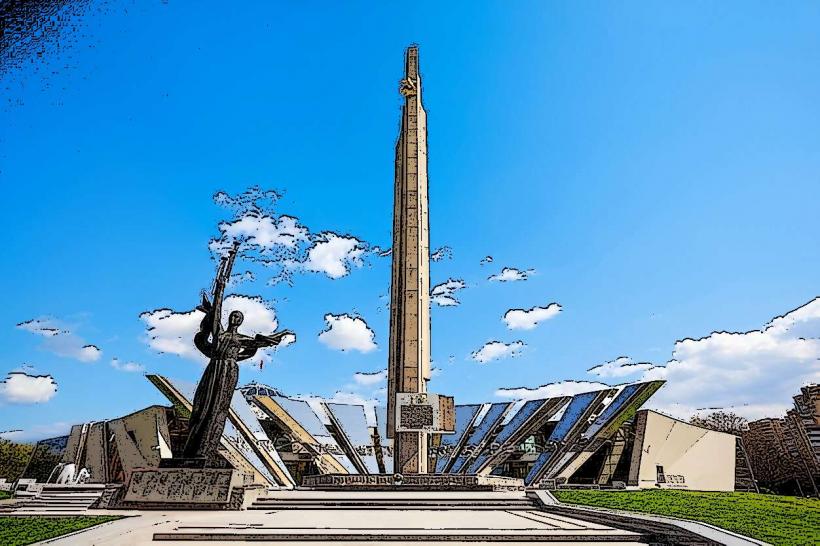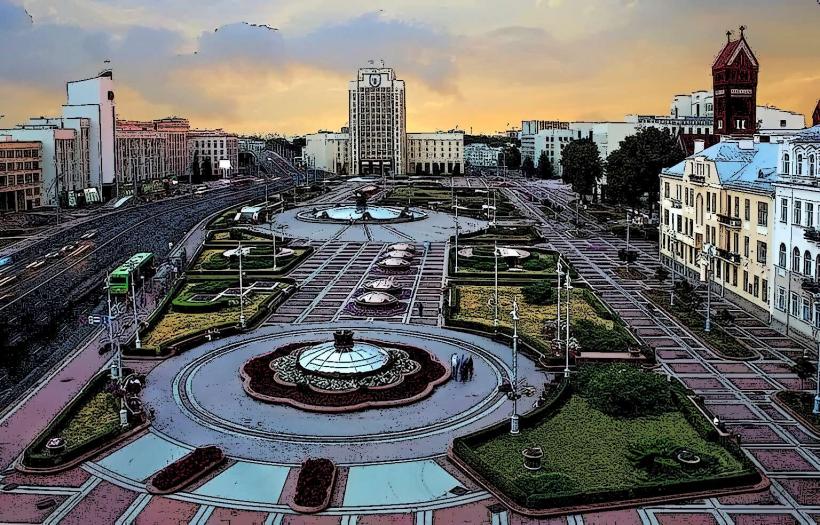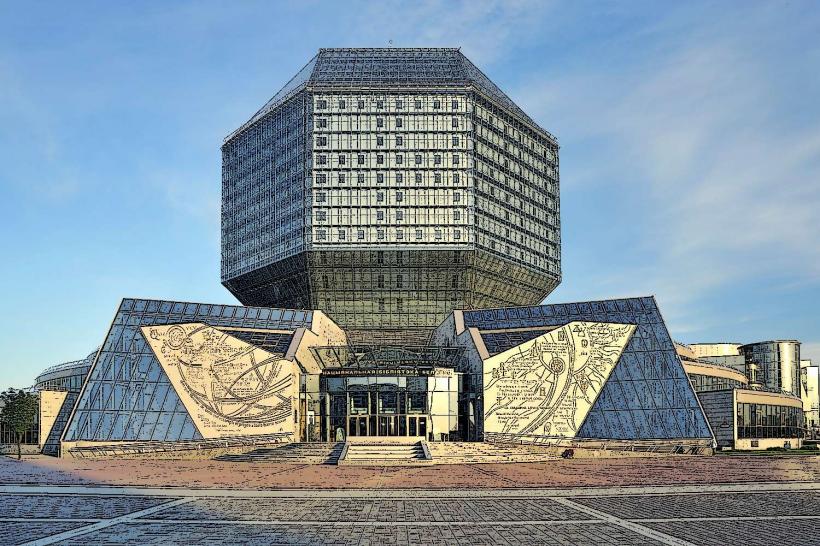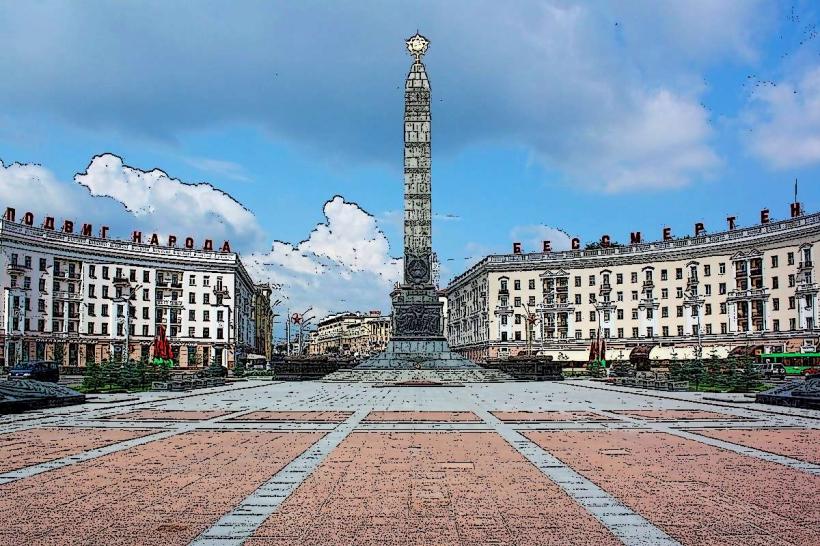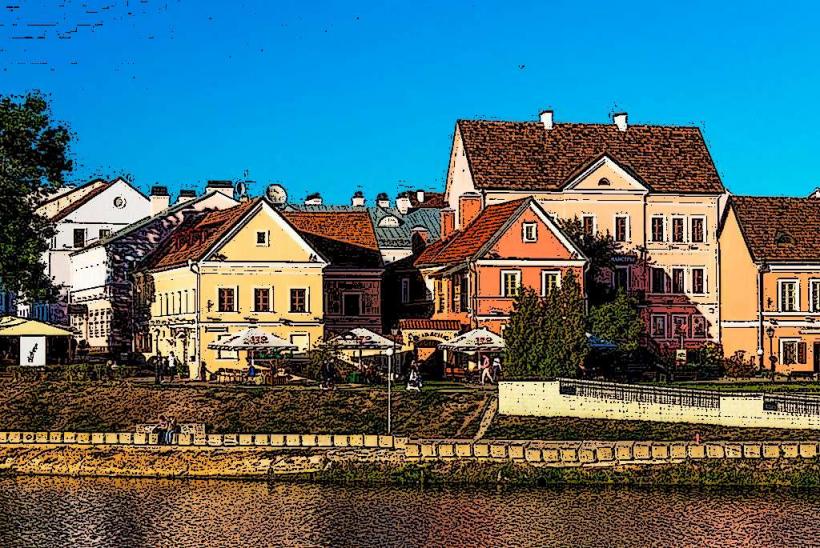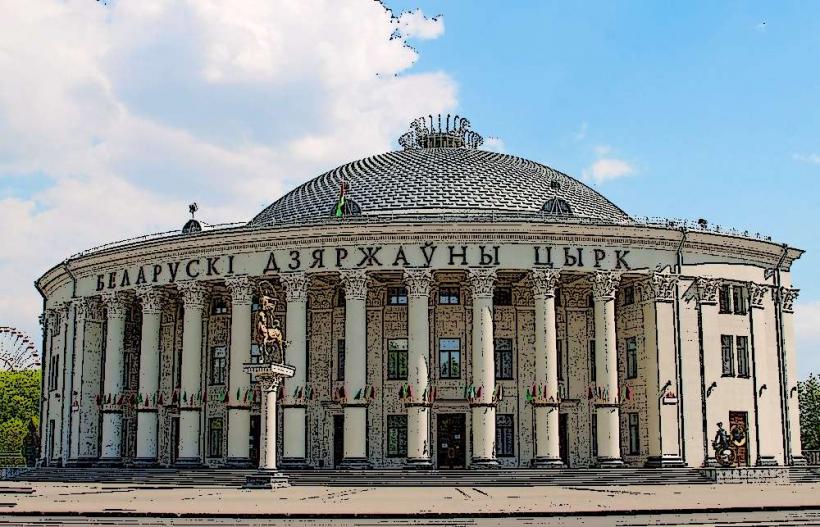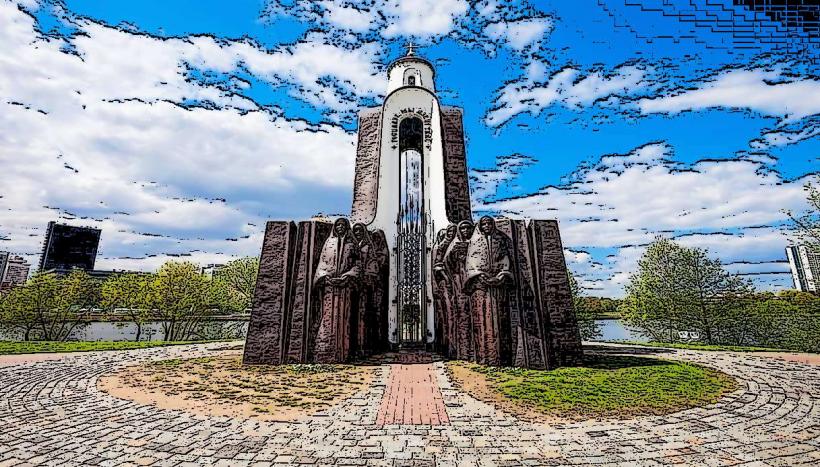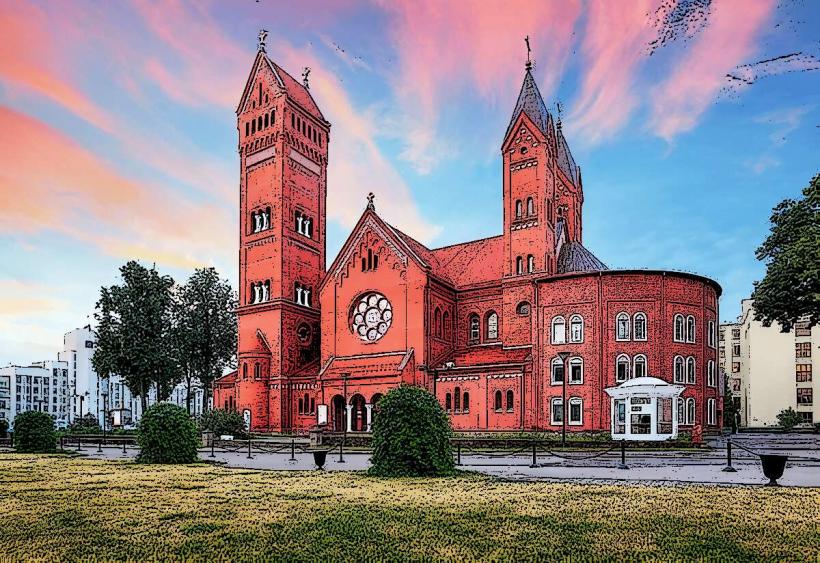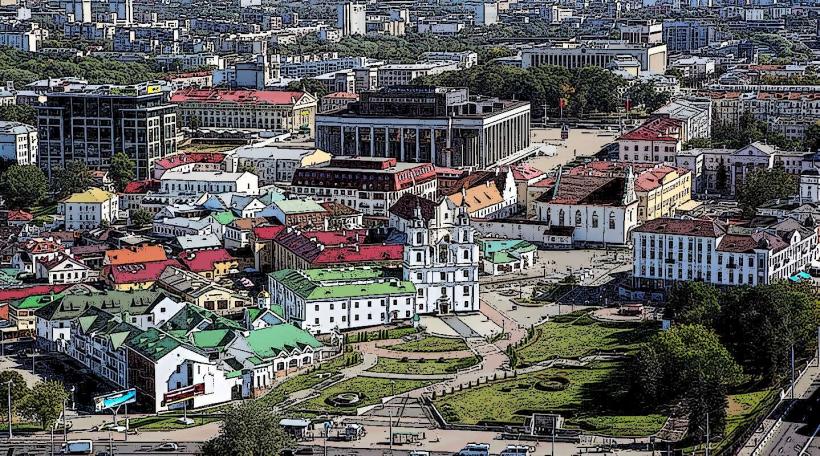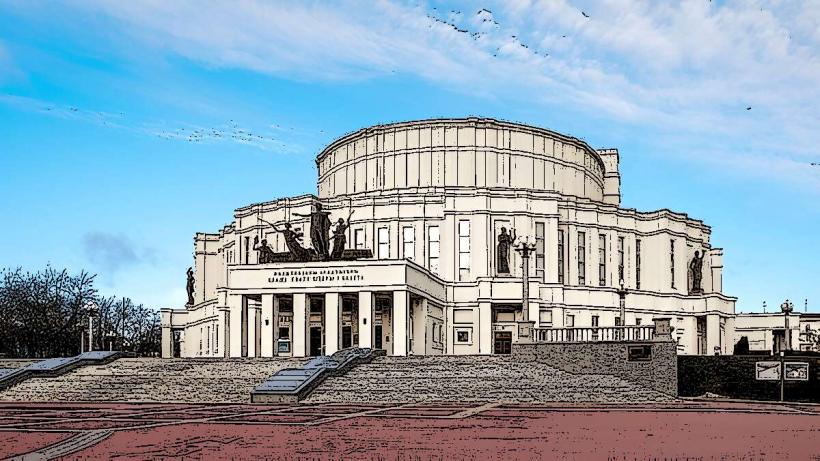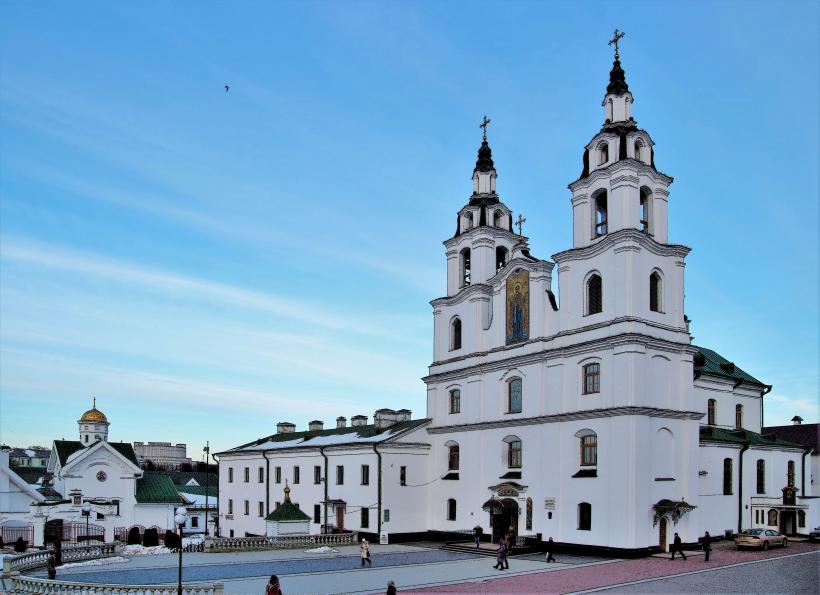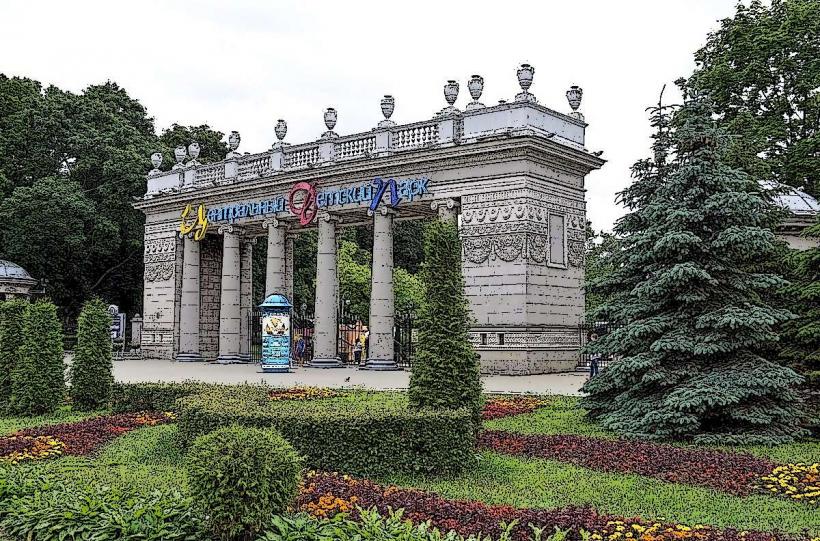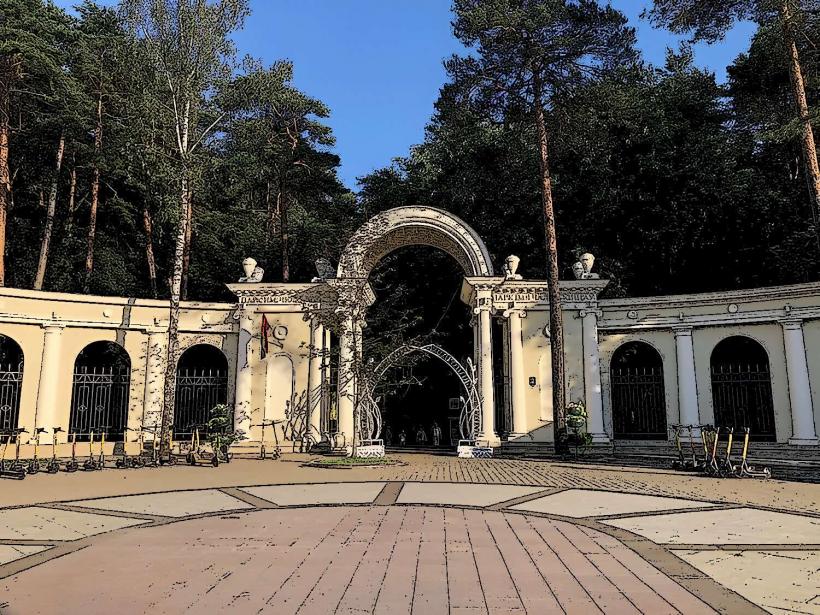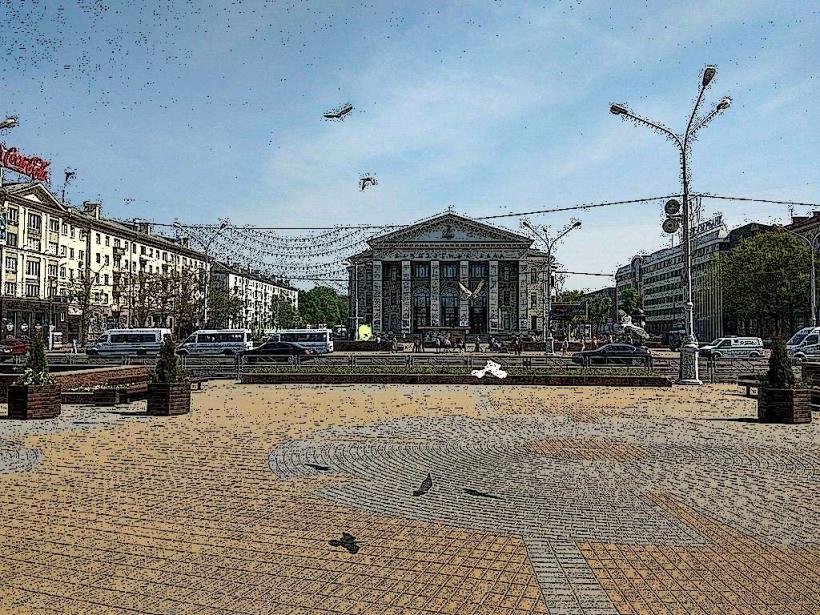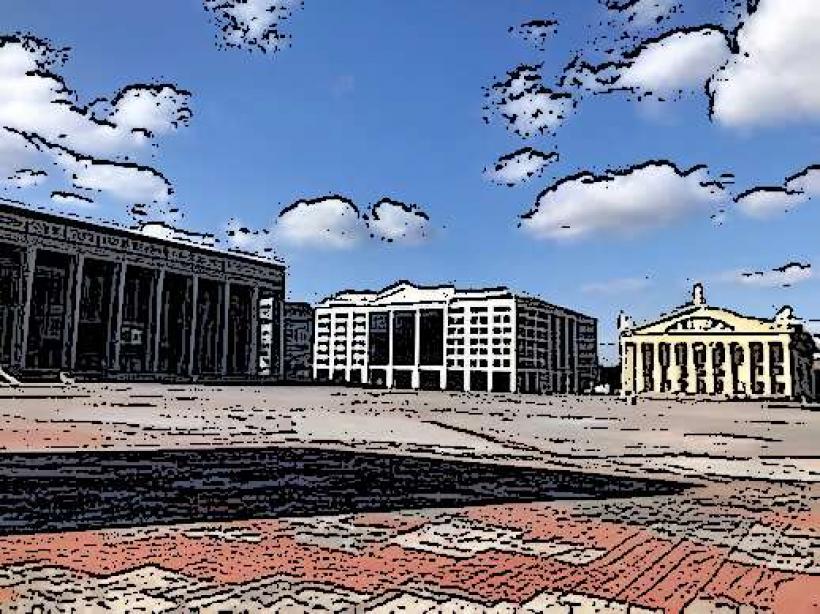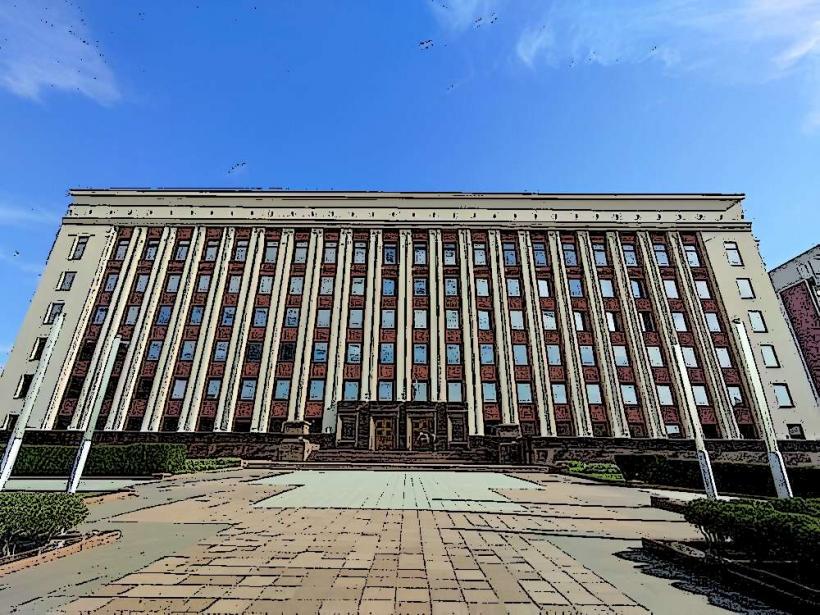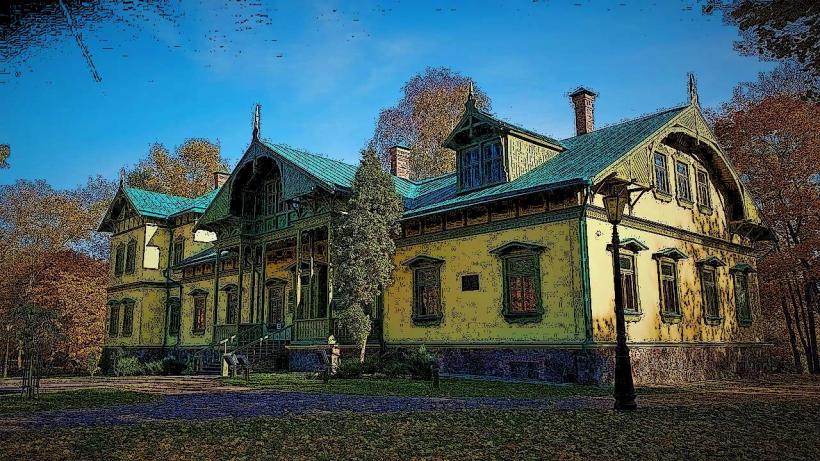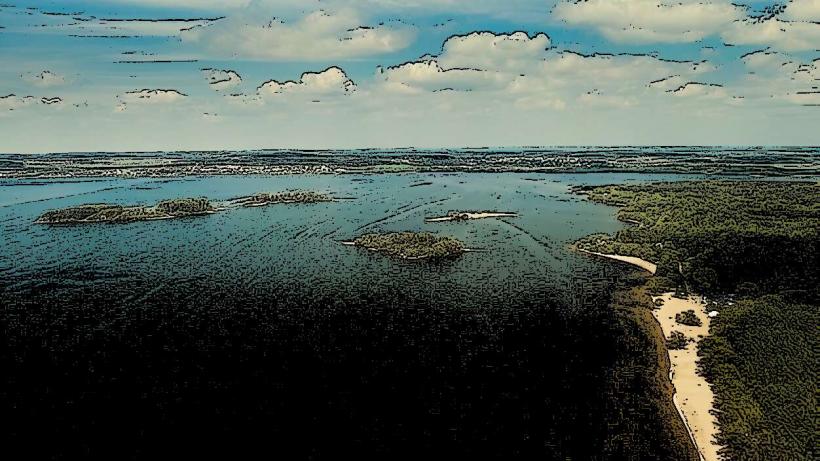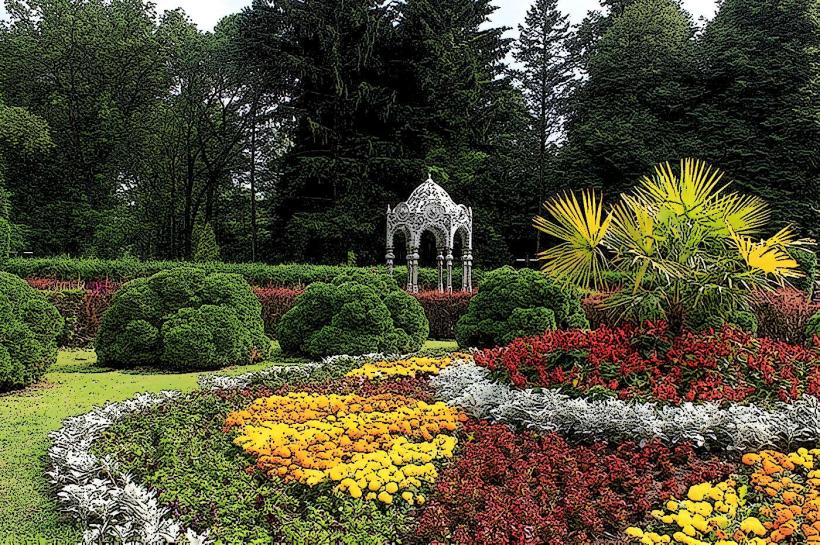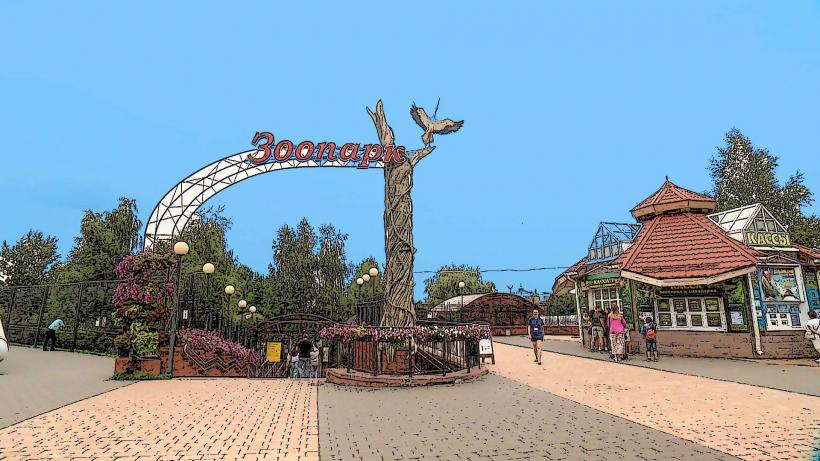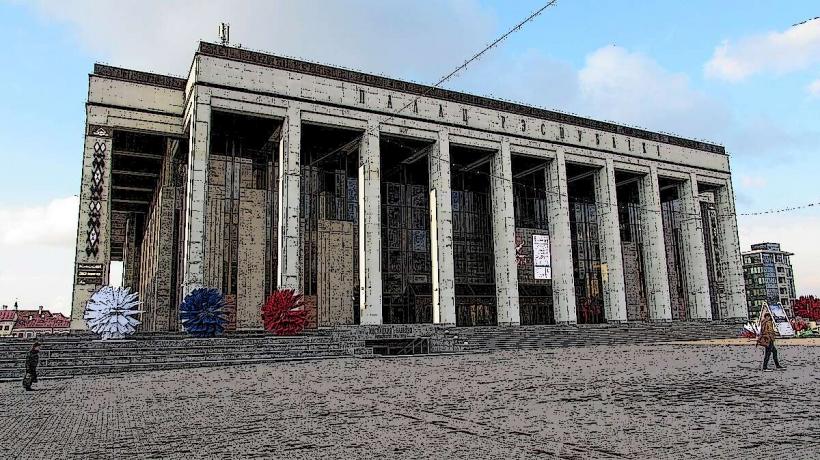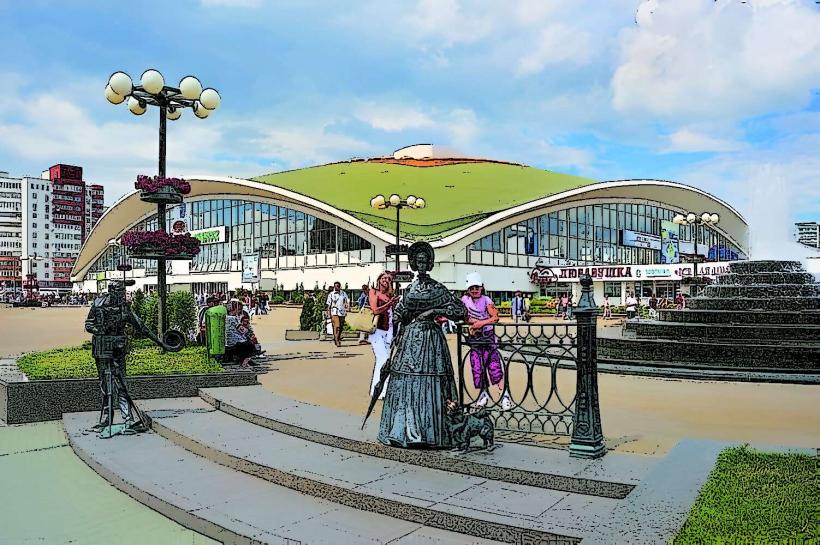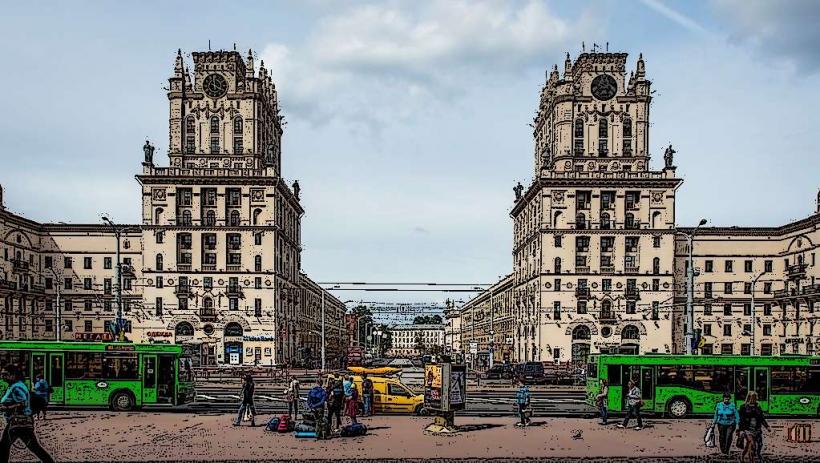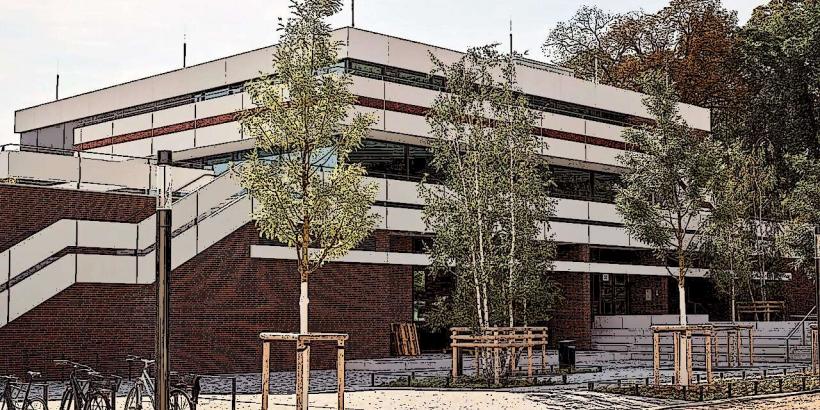Information
Landmark: Belarusian State Museum of Great Patriotic WarCity: Minsk
Country: Belarus
Continent: Europe
The Belarusian State Museum of the History of the Great Patriotic War is one of Minsk’s most significant and renowned landmarks, dedicated to commemorating the sacrifices and heroism of the Belarusian people during World War II. Located near Victory Park in central Minsk, it is one of the world’s oldest museums specifically focused on World War II, offering a comprehensive and immersive exploration of the war’s history, particularly on the Eastern Front.
Historical Background
The museum was founded in 1944, even before the war ended, as Belarus was one of the hardest-hit regions during the Nazi occupation. Belarus lost a significant portion of its population and endured immense devastation. The museum was initially housed in different locations but moved to its current, purpose-built structure in 2014, coinciding with the 70th anniversary of Belarus's liberation from Nazi occupation.
The museum not only preserves historical artifacts but also serves as a place of remembrance and education about the war’s impact on Belarus and the world.
Architecture and Design
- The current museum building is a striking, modernist structure designed to evoke themes of struggle, resilience, and victory.
- It features a series of angular, glass-and-metal elements representing shattered and triumphant forces.
- The location on Pobediteley Avenue, near the Victory Monument and Victory Park, underscores its symbolic significance.
Exhibitions and Collections
The museum spans over 15,000 square meters and houses more than 140,000 artifacts, divided into 10 thematic halls. Each hall chronicles a specific aspect of the war, creating a narrative journey from the outbreak of hostilities to the victory over Nazi Germany.
1. Prelude to War
- This section explores the political and social climate leading up to World War II, including the Molotov-Ribbentrop Pact and the invasion of Poland.
2. Nazi Occupation of Belarus
- Documents the brutal three-year occupation of Belarus, highlighting atrocities such as the destruction of villages and the genocide of civilians.
- Features personal artifacts, photographs, and harrowing accounts of life under Nazi rule.
3. Partisan and Underground Resistance
- Showcases Belarus's extensive partisan movement, one of the most significant resistance efforts in occupied Europe.
- Includes weapons, uniforms, maps, and diaries used by resistance fighters.
4. Frontline Battles
- Chronicles key battles involving Belarusian forces, including the defense of Brest Fortress and the liberation campaigns.
- Features tanks, artillery, and uniforms from both Axis and Allied forces.
5. Soviet Military Triumphs
- Celebrates major victories on the Eastern Front, culminating in the liberation of Minsk in July 1944 and the eventual fall of Berlin.
6. Life During the War
- A poignant section depicting the hardships endured by ordinary civilians during the war, including food rationing, displacement, and family separations.
7. The Holocaust in Belarus
- A deeply moving exhibition detailing the genocide of Jews and other minorities in Belarus, featuring survivor testimonies and artifacts from concentration camps.
8. Victory and Reconstruction
- Focuses on the final days of the war, the celebration of victory, and the monumental task of rebuilding Belarus after the devastation.
9. Multimedia and Interactive Displays
- Incorporates advanced technology, including augmented reality, interactive maps, and 3D reconstructions, to engage visitors.
10. Outdoor Exhibits
- The museum grounds include an open-air display of military equipment such as tanks, planes, and artillery pieces.
Cultural and Educational Role
The museum serves not only as a repository of history but also as a center for education and reflection. Its goals include:
- Educating Visitors: Providing detailed accounts of Belarus’s unique experiences during World War II.
- Commemorating Sacrifice: Honoring the memory of those who lost their lives in the fight against fascism.
- Promoting Peace: Highlighting the importance of global unity and understanding to prevent future conflicts.
Visitor Information
Location
- Pobediteley Avenue, near Victory Park and the Svislach River.
Opening Hours
- Open daily except on public holidays. Typically operates from 10:00 AM to 6:00 PM.
Ticket Prices
- Admission fees are modest, with discounts available for students, children, and senior citizens. Guided tours and audio guides are offered for a deeper experience.
Getting There
- Easily accessible by public transport, including buses and trams. The nearest metro station is Nemiga.
Highlights of the Visit
- Immersive Exhibits:
- The combination of historical artifacts, multimedia displays, and personal stories provides a vivid and emotional understanding of the war.
- Outdoor Displays:
- View and explore authentic wartime equipment, giving a tangible sense of the scale and technology of the conflict.
- Educational Value:
- A visit here offers deep insights into Belarus’s role and sacrifices during the war, often overlooked in broader World War II narratives.
Why Visit the Museum?
- Historical Insight:
- Understand the profound impact of World War II on Belarus and the resilience of its people.
- Cultural Significance:
- Gain a deeper appreciation of Belarusian identity and heritage through its wartime history.
- Architectural Beauty:
- Admire the museum’s modern design, which is itself a tribute to the themes of survival and triumph.
Conclusion
The Belarusian State Museum of the History of the Great Patriotic War is a must-visit destination for anyone interested in history, culture, and the human stories of resilience during one of history’s darkest periods. Its blend of powerful storytelling, historical artifacts, and modern design creates an unforgettable experience, making it a cornerstone of Minsk’s cultural landscape.

